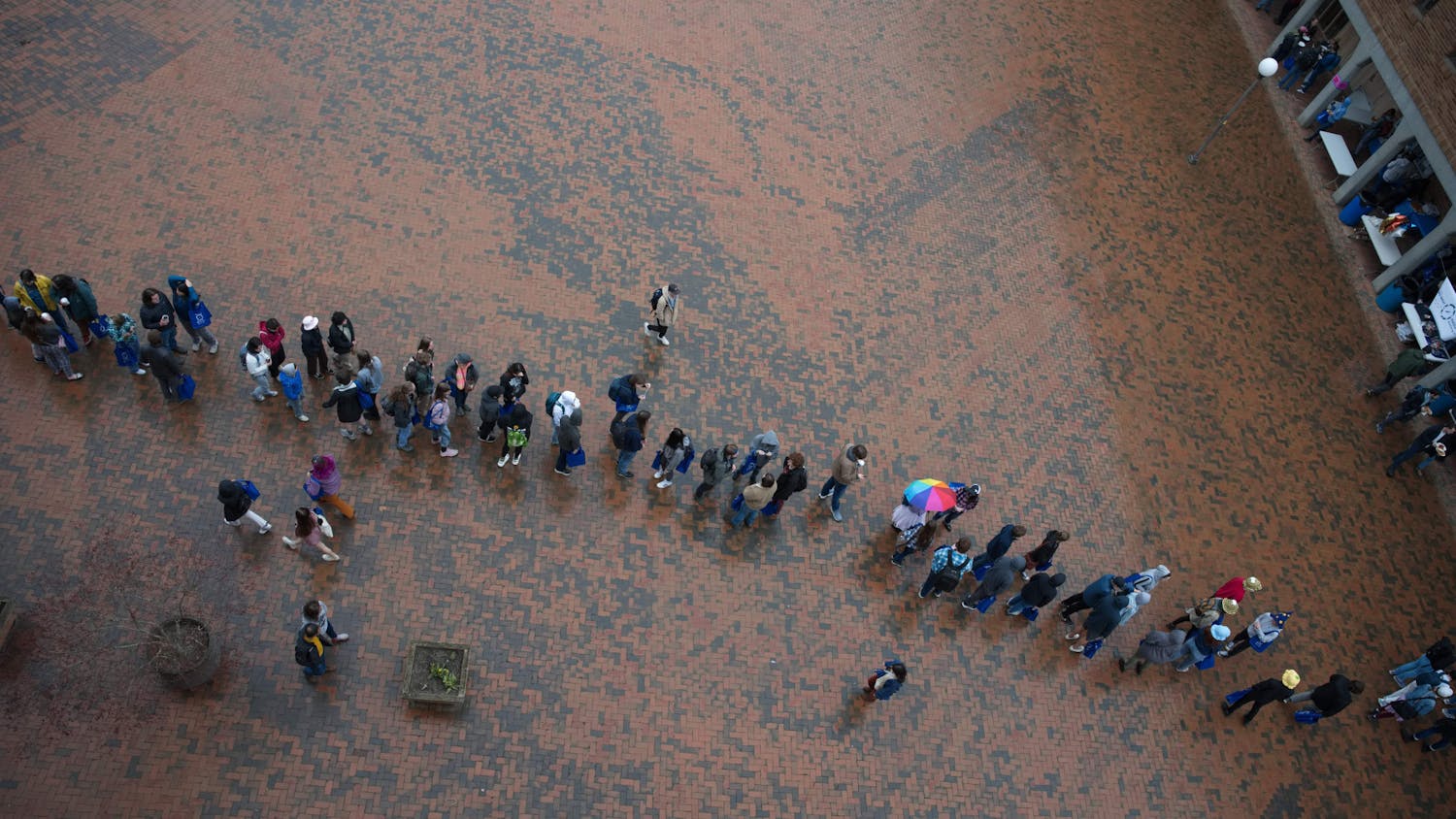Recent studies show raising the minimum wage to $15 could have a positive effect on local economy

The ongoing debate on raising the federal minimum wage to $15 an hour met another roadblock Thursday after democratic lawmakers said they couldn’t include the wage increase in the COVID-19 relief bill being passed through the Senate.
Despite mixed views in Congress, a $15 minimum wage is a popular policy among over half of U.S. voters. According to a poll published by Reuters last week, 59% of Americans support raising the federal minimum wage to $15 per hour by the year 2025.
The current federal minimum wage is $7.25. In Whatcom County, it’s $13.69 as of Jan. 1. Yet some residents believe this number is still too low.
Thor Russell, a second-year student at Western Washington University, works at Soy House Restaurant making $13.69 an hour plus tips. Russell said she couldn’t get by on just minimum wage alone and believes it should be higher.
“I would probably just try to save up the extra money to pay my rent and utility bills,” Russell said.
Massachusetts Institute of Technology’'s living wage calculator finds the hourly rate an individual working full time needs to earn to support themselves and their family. It takes annual salary numbers from the U.S. Bureau of Labor Statistics and compares them to typical living expenses such as childcare costs, food and housing.
According to the calculator, the living wage for a family of three with two working parents in Bellingham is $16.25, and the living wage for one single adult is $14.33 — 67 cents less than minimum wage.
Before government lockdowns, food and drink related jobs such as servers and cooks, made up over 10% of Bellingham's job market. Most of these workers earn a large percentage of their income from tips, according to PayScale’s Restaurant Report.
“To increase minimum wage is going to be a very small increase to employee pay, almost insignificant in comparison to their tips,” said Emile Diffley, owner of ANMLY, a cafe in downtown Bellingham.
Diffley said businesses and restaurants that can’t afford to pay the increased cost will begin to cut costs in other areas, such as health and safety standards. Otherwise, business owners will have to raise menu prices to compensate.
“When you go out to a restaurant, it's expensive, but depending on your tip, 15-25% of that goes directly to the employees, and then another 8% is collected for sales tax, so the restaurant isn't actually bringing in a huge percentage of what customers are paying,” Diffley said.
The fear of increased prices because of increased costs is common among small business owners like Diffley, according to a CNBC survey. Yet a study published in 2016 at California State University found no relation between federally mandated minimum wage increase and inflation.
The study examined the general prices of goods directly before and after a minimum wage increase. It found prices solely increased in the month of the wage increase, not the month before or the months following.
The study also found the increase in prices was significantly smaller than previously believed. A 10% wage increase led to a .36% price increase. Prior to the study, researchers believed the number to be twice as high.
Jacob Vigdor, a professor at Evans School of Public Policy & Governance at the University of Washington, said inflation and profit loss are the two biggest arguments against raising the federal minimum wage.
"Higher wages may lead some businesses to cut back on their use of labor,” Vigdor said. “If your hourly wage increases but your employer cuts back your hours or shuts down because they can't afford to increase payroll, then you might not end up with more money in your pocket after all.”
Vigdor said he and his colleagues have been closely watching labor markets in Seattle after the city implemented a raise in the minimum wage, from $9.47 per hour to $15 per hour in 2015.
Vigdor’s minimum wage study shows three years after the raise, low-wage workers are earning more and staying in their positions longer. They also found little to no effect on the overall price of goods in Seattle.
According to these findings, workers saw an average increase of $10 per week, contradicting earlier work showing a decrease in income for low-wage workers.
But, like many economic policies, it’s more complicated than that. The study said the earning gains were concentrated among higher paid and skilled workers. While low-wage workers showing little change in pre-tax income.
Vigdor emphasized that while data was being collected, Seattle was going through an unprecedented economic boom through its high-skilled and tech workforce which may have contributed to the findings.
Like Seattle, Bellingham has seen a significant boom in economic growth over the past decade. Population growth has hovered around 2% annually, similar to Seattle’s, according to data from the U.S. Census Bureau.
Gross domestic product is the total value of products made for any given city, state or nation. It’s also used by economists to measure a region's growth. Bellingham's GDP rose 41% between 2014 and 2019 according to the Bureau of Economic Analysis.
Workers may earn higher wages without causing inflation if the minimum wage is raised to $15, but the fear of cost cutting from employers remains.
“I think you will see restaurants begin looking to cut costs in other ways … quality of goods, service health and safety standards,” Diffley said. “I think it will end up weeding out the less creative, less successful businesses so, in some ways, that's a good thing depending on how you look at it.”





